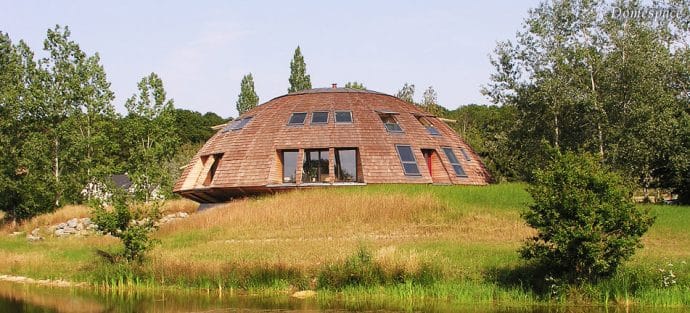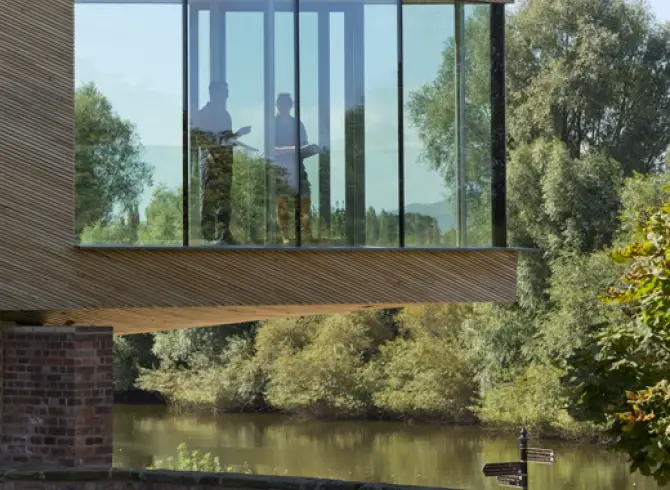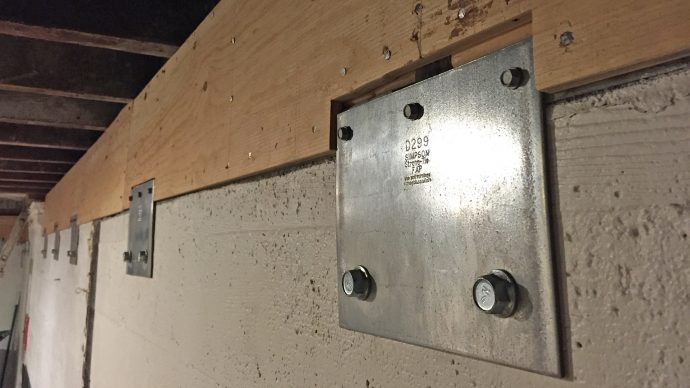Good architecture combines aesthetic beauty with engineering ingenuity – but nothing puts a completed project to the test as firmly and frequently as the elements.
It’s crucial that elegant exteriors are complemented by robust internal features that protect the safety of those inside.
So here are four examples of clever architecture that combats the elements.
Hurricane
If you’ve ever been unfortunate enough to be caught in a hurricane you’ll fully understand the awesome power of nature.
The devastating effects of hurricanes in vulnerable areas like the Caribbean are well-known — so new designs that are tough and durable are always sought-after.
The Solaleya Domespace is one such solution.
The design resembles a curvaceous flying saucer — these amazing aerodynamics allow it to withstand winds of up to 240 kilometres per hour.
The design’s versatility also makes it viable for a variety of exposed locations and for use as a home, hotel, spa or school.
Fire
Fire is the most feared element for many of us. And if you live in an area affected by wildfires you’ll be more than aware of the risk to life and limb.
But government buildings and infrastructure that store sensitive records or equipment that controls transportation systems are also vulnerable.
So transport systems such as the London Underground invest heavily in installations such as fire barriers and often feature a fire ceiling and reinforced walls.
The regulations for fire-resistant building materials are suitably strict, so legal compliance must be built into any architectural design.
Flood
The shape-shifting qualities of water span sedate streams and crashing waves.
And it can wash a wound or slice through metal.
But buildings in low-lying regions are most commonly affected by flood.
The Michael Baker Boathouse in Worcester harnesses combines clever architectural features in a smooth shape designed to combat water damage.
Flood-proofing this project involved increasing the footprint of the existing ground-level structure and adding a second layer of brick to raise it above the original height.
The sleek upper deck could then be added safely as it was well above the maximum flood level of the nearby River Severn.
Earthquake
Several major global cities are built on fault lines — making earthquake protection essential.
Designers offered a blank slate for new buildings can ensure that appropriate levels of strength and flexibility are inbuilt.
But making an existing structure safe can be more challenging — especially if it has historical significance.
Designers completed a seismic retrofit on the Utah State Capitol by installing a base isolation system below the iconic 1916 building.
During an earthquake, these isolators can stretch up to 24 inches in any direction — protecting the building and its inhabitants by allowing the ground and the structure to move independently.
This ingenious design proves that applied expertise can ensure that heritage sites can be protected for the benefit of future generations.
These four examples of architecture that combats the elements prove that we can turn our minds to minimising the effects of natural disasters.
But issues like climate change mean that designers are constantly striving for new solutions to age-old problems.
Does the building you work in have element-proof features? Share your stories in the comments section.




